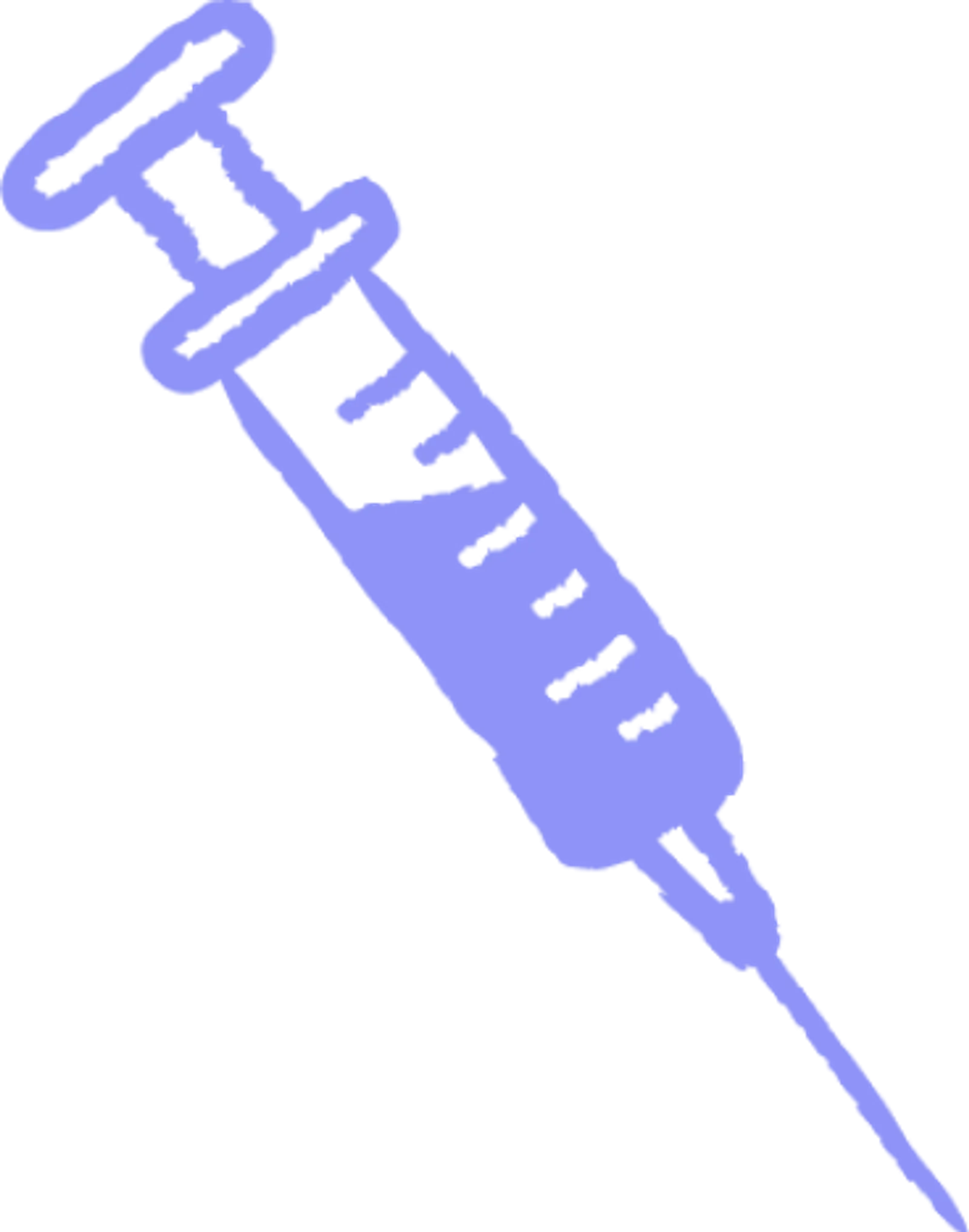Plasma 101
Who: Eligible donors between 18 and 63 can earn up to $560 a month in NY and up to $770 a month in FL.
What: Plasma is the yellow part of your blood that replenishes naturally.
Where: Queens, Brooklyn, The Bronx (NY), and Ft. Pierce (FL).
Why: Get paid to donate and help treat bleeding disorders, immune deficiencies, and more.
When: No appointment needed—walk in anytime before closing.
How Donating Plasma Makes a Difference

How Donating Plasma Makes a Difference
Plasma donation plays a pivotal role in the medical field, offering a beacon of hope for individuals grappling with a spectrum of conditions, including immune deficiencies, blood clotting disorders, and burns. This process, essential for the production of life-saving therapies, hinges on the generosity of donors and the advanced technique of plasmapheresis. Plasmapheresis not only ensures the safety of the donation process but also allows it to be repeated, making it possible for donors to contribute regularly. By harnessing this technology and the science behind plasma donation, plasma donation centers, such as Olgam Life, emphasize the care and safety of donors while providing vital resources for those in dire need of plasma-derived treatments.
Plasma donations save lives by treating conditions like immune deficiencies and burns. This article explores the benefits, shares real-life stories, and guides on how to get involved, highlighting the life-changing impact of donating plasma.
Who Benefits from Plasma Donations?
Plasma, the largest component of human blood, plays an indispensable role in medical treatments across a wide range of conditions. Here's a closer look at its significance:
Definition of Plasma: Plasma is the liquid part of blood, making up about 55% of its overall content. It is critical for transporting cells, nutrients, hormones, and proteins throughout the body.
Uses in Medical Treatments: Plasma is pivotal in fighting diseases and developing therapies for immune deficiencies, clotting disorders, burns, and more, showcasing its versatility in treating various health conditions.
Conditions Treated with Plasma-Derived Therapies
Condition | Treatment Requirement (per year) |
Primary immunodeficiency | 130 donations |
Chronic inflammatory demyelinating polyneuropathy | 465 donations |
Alpha-1 antitrypsin deficiency | 900 donations |
Hemophilia | 1,200 donations |
Impact of Plasma Donation on Recipients
The impact of plasma donations can be an emotional journey, with many donations being life-changing for recipients. Take, for example, the story of Michele, who lives with a primary immunodeficiency. Before receiving plasma-derived therapies, Michele faced constant health challenges and hospital visits, significantly affecting her quality of life. Thanks to regular treatments made possible by plasma donations, she has seen a remarkable improvement in her health and daily activities. Michele's journey emphasizes the profound difference plasma donors make to recipients, providing not just medical treatments but renewed hope and vitality to individuals like her.
Plasma donations are more than a medical procedure; they are acts of generosity that offer a new lease on life for people with serious health conditions. By supporting centers like Olgam Life, donors contribute to a community-focused effort that prioritizes the well-being of both donors and recipients.
Real-life Stories of Plasma Donation Impact
Michele's journey with plasma donation highlights the transformative power of this vital medical resource:
Michele's Diagnosis and Initial Struggles: Diagnosed with a primary immunodeficiency, Michele faced a daunting road filled with frequent illnesses and hospital visits, severely impacting her life and causing despair.
Transformation Through Plasma Therapy: The introduction of plasma-derived therapies brought a dramatic turnaround in Michele's health. These treatments, reliant on the generosity of plasma donors, significantly reduced her hospital stays and illness frequency, enabling a return to a more normal, fulfilling life.
The Process of Donating Plasma
Donating plasma and how it works. It’s a special act of kindness, distinct in many ways from whole-blood donation:
Comparison with Whole-Blood Donation: Plasma donation involves the collection of plasma alone, allowing donors to give more frequently than they can with whole blood. This process is crucial for producing specific treatments that cannot be made from whole blood.
Plasmapheresis Process and Safety: Plasmapheresis, the technique used for plasma collection, is a safe, sterile, and relatively quick process. Donors are comfortably seated as their blood is drawn, the plasma is separated, and the remaining components are returned to the body. This cycle ensures that plasma donation is not only efficient but also maximizes donor safety and comfort.
By sharing real-life, inspiring stories like Michele's and demystifying the donation process, we hope to inspire more individuals to consider plasma donation. Centers like Olgam Life prioritize donor care and safety, making the act of giving plasma a rewarding experience for all involved.
How You Can Get Involved
Becoming a plasma donor is a straightforward process that makes a tremendous impact. Here’s how you can start:
Finding a Local Donation Center: Start by locating a plasma donation center near you. Olgam Life, with US centers mainly in New York and one in Florida, offers a welcoming environment for donors.
Understanding Eligibility Requirements: Eligibility criteria include being in good health, meeting age and weight requirements, and passing a medical screening.
Preparing for Your Donation Visit: Ensure you are hydrated, have eaten a healthy meal, and carry a valid ID, proof of address, and Social Security number to your appointment.
Frequent Questions About Plasma Donation
How often can I donate? You can donate plasma up to twice within a seven-day period, following a 48-hour rest between donations, ensuring safety and health.
Is the donation process safe? Absolutely. Plasma donation is conducted in sterile conditions by trained professionals, prioritizing donor safety and comfort.
What should I do post-donation? Stay hydrated, avoid heavy lifting or strenuous activities for a few hours, and enjoy a snack to help your body recover.
By following these steps and understanding the donation process, you can contribute to life-saving treatments while ensuring your own health and safety. Olgam Life and similar centers are dedicated to providing a positive donation experience, making it easy for individuals to contribute to this vital cause. To explore more FAQs, click here.

Plasma donations matter more than ever and are invaluable, offering critical treatment options for individuals facing serious medical conditions. Through the personal stories of recipients like Michele, we see the profound impact these donations have on improving quality of life. These narratives underscore the vital role each donor plays in the healthcare ecosystem. By highlighting the simplicity and safety of the donation process, we aim to inspire more individuals to consider plasma donation. It's an act of kindness that carries the power to transform lives. We encourage everyone eligible to explore this opportunity with Olgam Life, where your donation can make a monumental difference.
Interested in making a difference? Use our guide to saving lives through plasma donation. Find your nearest plasma donation center today and take the first step towards giving the gift of life. Need any assistance? Get in touch with us today.
















